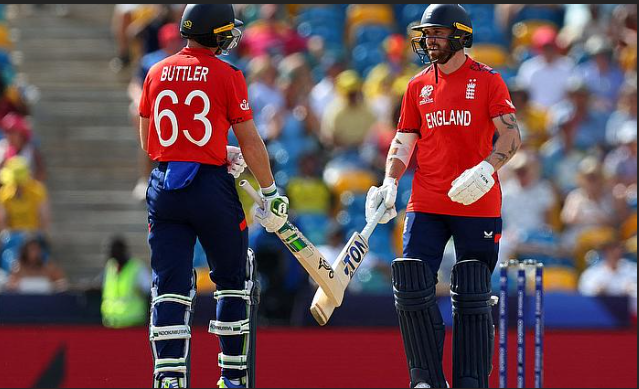Oksana Chusovitina is a Tom Cruise fan and also just happens to be the oldest gymnast to take part in the Olympics. At 41 years of age, the gymnast claims that her love for Tom Cruise is what helps her achieve what some would consider impossible. Old age has more significant effects on female gymnasts than their male counterparts. At times, the practice that these gymnasts expose their bodies to seems to defy biology and anatomy. That effort and mental and physical stress significantly impacts an aging body. Apart from exceptions like Chusovitina, many of the best female competitors retire from the sport in their 20s.
So, what exactly happens to the bodies of these gymnasts once they retire?
The occurrence of injuries years later
Natasha Melacrinis, a former professional aerobics competitor and physiotherapist, claims that stress-related injuries are common amongst former gymnasts. For gymnasts with a low bone density, years of thorough training can lead to delayed puberty and lower release of estrogen. The low bone density problem strikes as one becomes weak and loses their solid form. When a gymnast exposes their body to high-intensity training and later a more straightforward routine, stress fractures may occur too.
High chances of chronic pain and osteoarthritis
Ms. Melacrinis says that gymnasts are more likely to suffer from osteoarthritis and osteoporosis. This occurs around the back, knees, ankles, and wrists. These are all places where the impact between the mat and the gymnast is most felt. Also, as the body goes through more experiences like pregnancy, female gymnasts can face more severe chronic pain or stress-related injuries.
Nonetheless, some former gymnasts stay strong and lead fitter lifestyles. With their usual routine and a variety of performance enhancers such as the ones at Musclesfax, former gymnasts can live healthier than their non-gymnast peers. Chronic pain is also an experience that many gymnasts go through, but luckily, it is easily manageable through physiotherapy and rehabilitation.
Hormonal side effects
HIIT can mess with your hormones, more so if the training is before or during the start of puberty. Dr. Costin states that intense exercise for up to 40 hours per week may lead to a delayed start in puberty for young women. Leptin signals can be negatively affected, which affects several growth functions in young female gymnasts. Though puberty in females is multi-staged, amenorrhea, and delayed ovulation are the most noticeable effects of extreme training. Once a gymnast halts intense exercising, ovulation should return to normal.
Conclusion
With gymnasts like Oksana Chusovitina, it’s safe to say that these effects do not apply to everyone in the gymnastics world. Also. depending on one’s genes, there is a difference in how bodies react to various conditions and recovery. However, it’s hard to deny the fact that gymnasts are among the athletes with the shortest career spans. 1996 Olympic champion Kerri Strug was amazed to see Chusovitina still going strong and said it was unbelievable. With Chusovitina as an example, it’s also safe to say that your mentality plays a significant role in your body conditioning as well.




